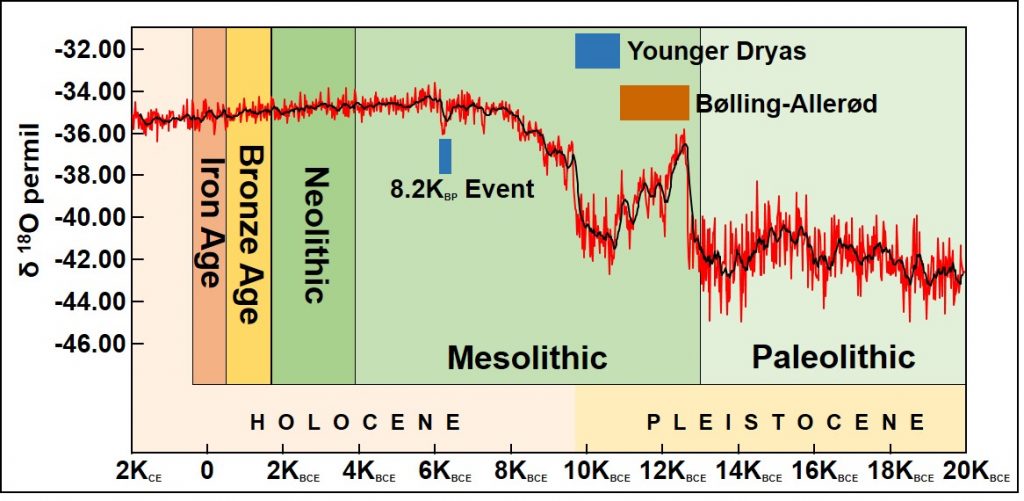“The future impacts of renewed global warming and genetically modified organisms on our environment and society are quite unknown. One day a history of our future times will be written to replace the multitude of speculations and forecasts with which we struggle today. But before that we must have a history of the past.” Steven Mithen, 2011, in After the Ice Age
 This course seeks to provide an in-field, in situ, opportunity to explore the geology, ecosystems, history, archeology, and culture of Denmark through the lens of past and present climate change. Denmark preserves unique and important geological remnants of the glacial geology and landscape of the last Ice Age. Archeological sites tell the story of early Mesolithic cultures adapting to the changing climate of post-Ice Age Europe through the Bronze and Iron Age. Denmark was part of the original Viking homeland, from where this seafaring culture, enabled by the specific climatic conditions of the Medieval Warm period, set out to discover and settle Greenland, Europe, and even parts of North America. Climate and Danish history and culture are intricately intertwined. With 5400 miles of coastline, no point further than 32 miles from the coast, and an average elevation hovering slightly above sea level, Denmark provides unequaled access to
This course seeks to provide an in-field, in situ, opportunity to explore the geology, ecosystems, history, archeology, and culture of Denmark through the lens of past and present climate change. Denmark preserves unique and important geological remnants of the glacial geology and landscape of the last Ice Age. Archeological sites tell the story of early Mesolithic cultures adapting to the changing climate of post-Ice Age Europe through the Bronze and Iron Age. Denmark was part of the original Viking homeland, from where this seafaring culture, enabled by the specific climatic conditions of the Medieval Warm period, set out to discover and settle Greenland, Europe, and even parts of North America. Climate and Danish history and culture are intricately intertwined. With 5400 miles of coastline, no point further than 32 miles from the coast, and an average elevation hovering slightly above sea level, Denmark provides unequaled access to  study both historical and contemporaneous examples, challenges, and solutions to climate-change-driven sea level rise, shoreline development, and coastal conservation. Being surrounded by both saline and brackish sea has created a unique floral and faunal ecosystem that blends cooler Scandinavian with more temperate central-European biomes.
study both historical and contemporaneous examples, challenges, and solutions to climate-change-driven sea level rise, shoreline development, and coastal conservation. Being surrounded by both saline and brackish sea has created a unique floral and faunal ecosystem that blends cooler Scandinavian with more temperate central-European biomes.
